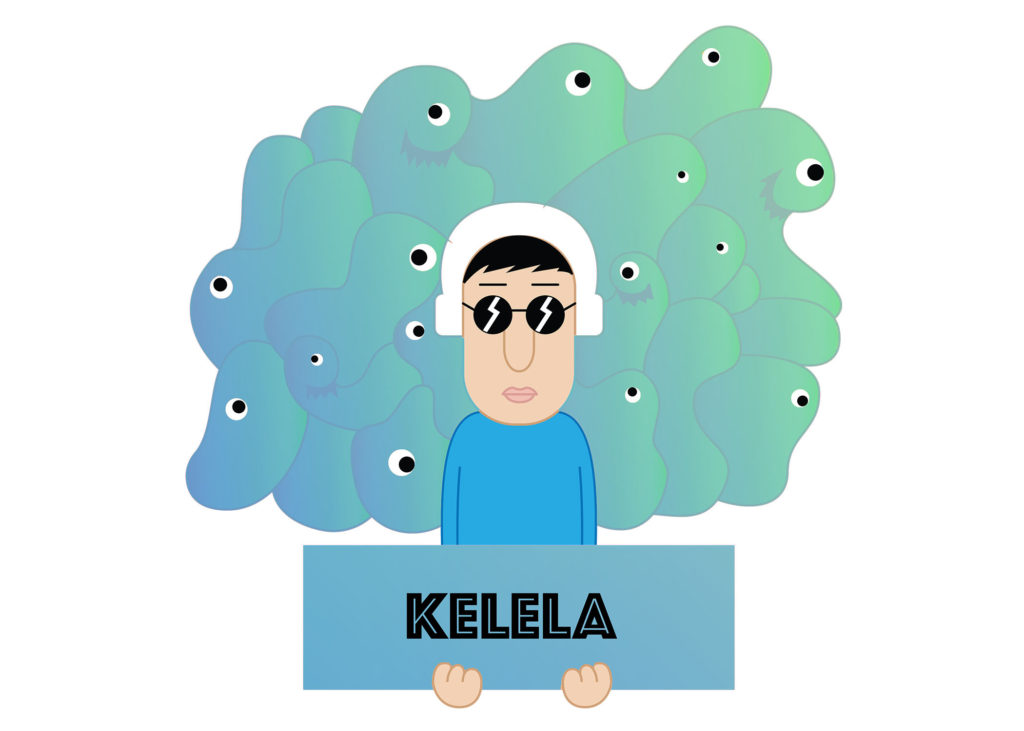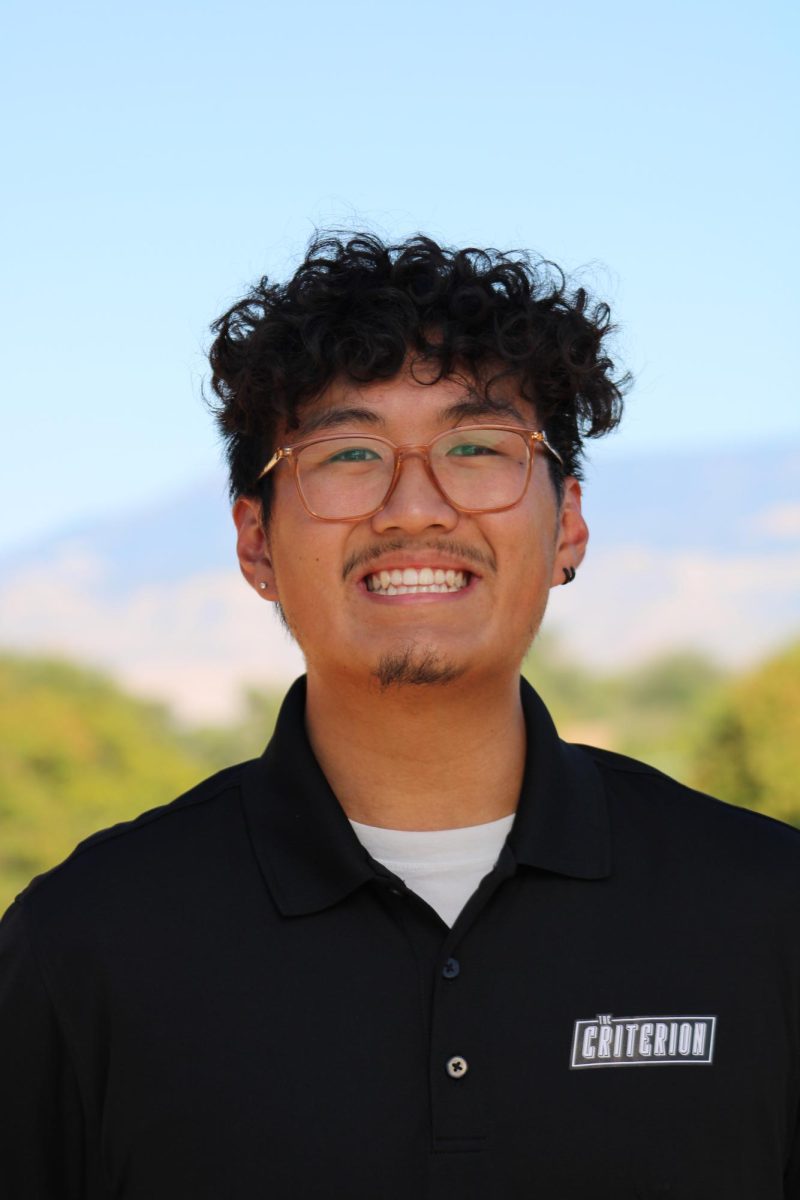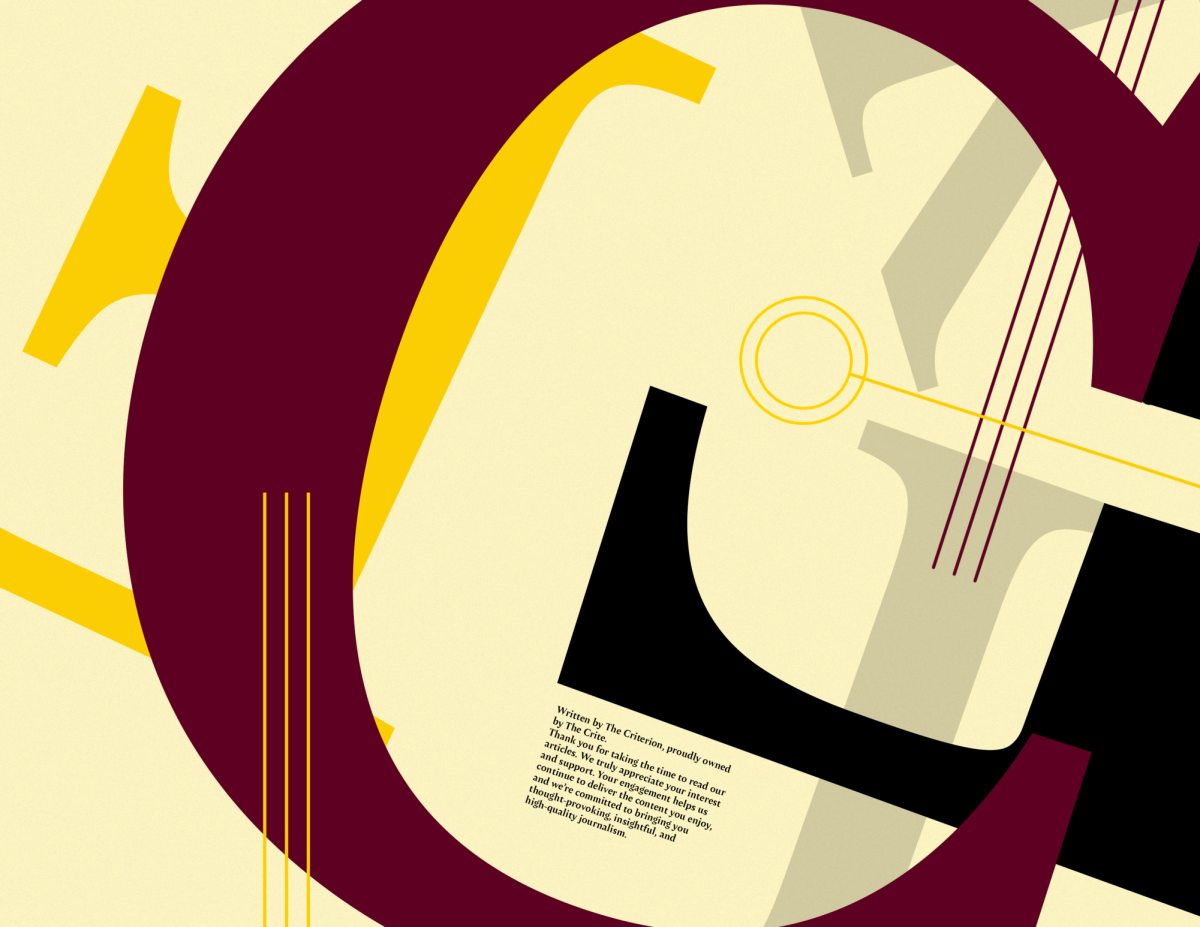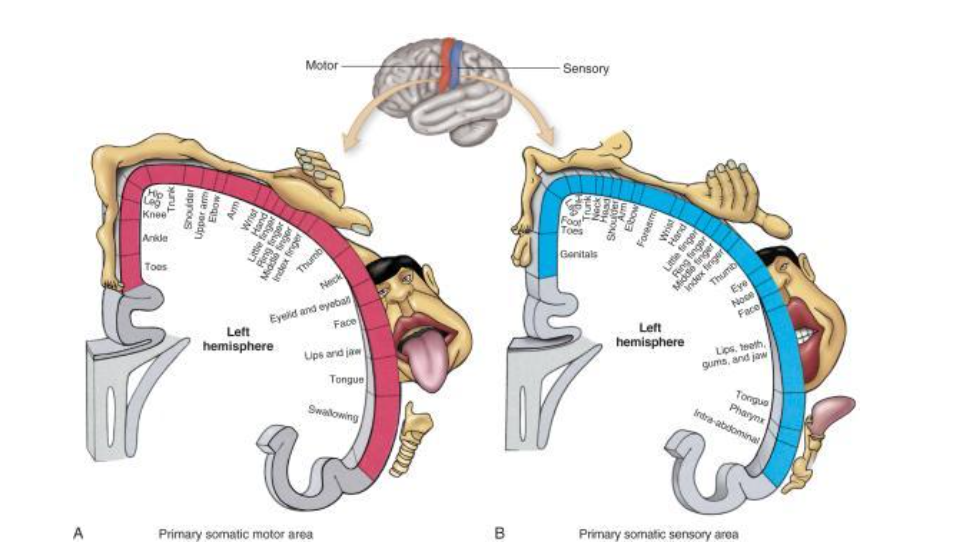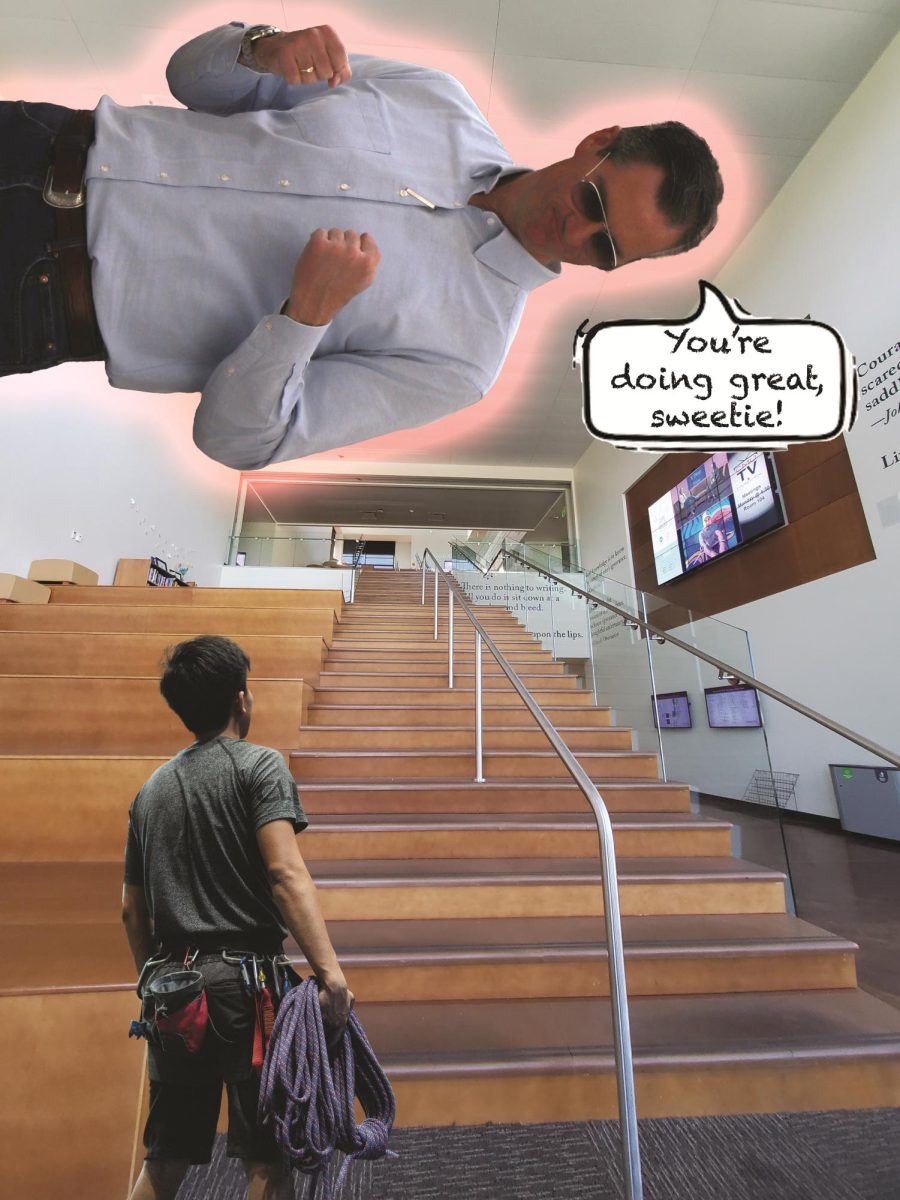The stairs of this Hindu and Buddhist temple weren’t just steep, but they seemed to perpetually spiral into the dense forest that lay before me. The squawks from hordes of monkeys and chants of Buddhist monks intertwined to create a sound that only reminded me that I was nowhere near home.
It was my first time in Kathmandu, Nepal. In fact, it was my first day in Kathmandu, Nepal. With just shy of 2 hours of sleep under my belt, having gotten off the plane maybe thirty minutes prior to arriving at the temple, and walking around on a day where the humidity capped out at 100%, it was safe to say that I was feeling a tad bit out of my element.
I was visiting Swayambhunath temple, one of the few Hindu and Buddhist temples in the Kathmandu Valley. As you can imagine, many tourists struggle with the pronunciation of “Swayambhunath”. So, to combat the dialectical problem, Westerners coined the iconic location as the ‘Monkey Temple’.

And for good reason, too. The temple was sprawling with rhesus macaques, a common type of monkey in southeast Asia. Amongst the hordes of naughty monkeys, stray dogs and beggars were also a common sighting along the stairway to the temple.
As I maneuvered up the ancient stairway to the temple, I nervously swatted away monkeys and clutched the strap of my satchel with (an irrational) paranoia of pick-pocketers. I ventured upwards, armed with a Columbia rain jacket, water-proof cargo pants, and a sturdy pair of hiking boots. But despite my arsenal of dependable gear, I still found myself feeling somewhat vulnerable.
Finally, I emerged at the top of the temple, sopping wet with moisture from my own sweat and the thick humidity in the air. I remember thinking to myself, “Jeez, am I underprepared? Do I have the right apparel and equipment to survive the next few weeks in this foreign country?”
My self-pitying thoughts were politely dismissed at the sight of a young Nepalese girl, maybe 9 or 10 years old, who sported nothing more than a faded and worn orange and pink shawl, a thin green shirt, and slightly torn baggy pants. Most notably was the fact that she was barefoot.

I walked towards here, my brawny boots deterring any and every puddle I came across. Unlike me, this young girl was in her element. She routinely smacked away pestering monkeys, casually pet stray dogs, and gestured to a few of the vendors who lined the perimeter of the temple.
I approached her as she gracefully went over and lit a candle to add to the other flickering wicks that were placed around the temple for religious reasons. “May I take your photo?” I asked, gesturing to my camera. She nodded. As I kneeled down to get eye level with her, I noticed her reveal a smirk.

That smirk, one I had witnessed through the lens of my camera, is still goosebump worthy when I look back at that moment. The reason why her smirk resonated with me so much was because of the connection I felt and the realization I had, sweatily and accidentally, stumbled upon.
That realization? I was no longer a North American, and she was no longer Nepalese. I was no longer an English speaker, and she was no longer a Nepali speaker. The language barrier was torn down, and any label we would have used to describe the other no longer seemed relevant. We were no longer foreign, or different, we were simply human.
In a world where people are quick to build walls, we must look to build bridges. Many of the problems that our world faces today, from climate change to immigration, are not problems one single country can take on alone. A global effort is required if we want to take on the current issues facing humanity.
With my new weekly column, I look to promote humanity’s kindness, shed light on our global community here at CMU, share others’ and my own travel stories, and update the community on relevant events and stories. S






